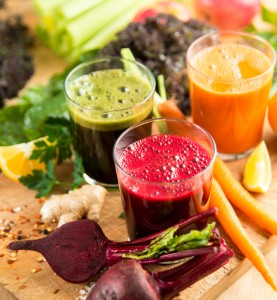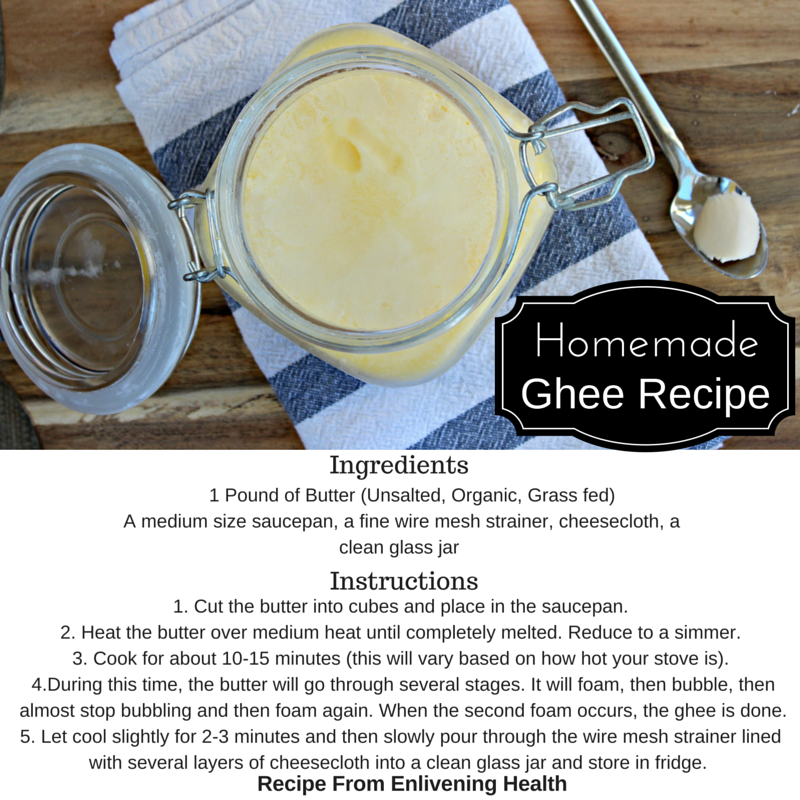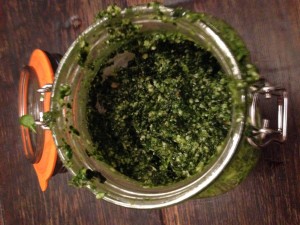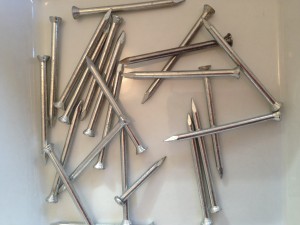5 Juicing Recipes for Glowing Skin

Juicing Recipes for Glowing Skin
We all want better skin. There are so many factors that play a role in lessening the clarity and the beauty of our skin. The skin is the bodies protective barrier therefor it is exposed to the environment, it can be affected by stress levels, the food that we eat, and it can also be sensitive to hormone changes in our body. Every now and then you need to provide your skin with a rejuvenating boost. Although many people use masks and skin treatments as a way to give therapy to their skin they forget that the vitality of our skin is also determined by the things that go into our bodies.
If you are not providing your body with nutrition, your skin will suffer. You will not be able to produce healthy skin cells if you are filling your body with junk foods and skimping on fruits and vegetables. Juicing is a great way to treat your body and your skin. There are many foods that have great benefits for the skin and when you juice you are putting potent amounts of minerals and vitamins that your skin needs to thrive. Below we are sharing five juicing recipes that will leave you with glowing skin.
- Carrot and Orange Juice
Recipe:
2 whole carrots (with the stem chopped off)
1 peeled orange
As children, we are told to eat carrots in order to improve our vision, but they have many more benefits for the body aside from helping eyesight. Carrots are amazing because they are jam packed with beta carotene. You may be wondering what beta carotene is. It is an antioxidant that protects cells by preventing cell breakdown. It is a pigment with an orange/red color and our body takes it in as a source of vitamin A. The abundance of vitamin A in carrots makes it great for the skin as vitamin A is needed in order for our body to produce healthy, glowing skin. This vitamin promotes the skin’s production of collagen. Collagen is what gives the skin its fullness which keeps the face looking young and plump. Without collagen the skin will quickly begin to sag and wrinkles become more prominent. It also helps to protect our skin from damage against free radicals.
Oranges also present many benefits for the skin. They are fortified with vitamin C. You may have seen vitamin C skin serums and other products for the skin containing vitamin C and that is because it does wonders for the skin. It naturally has the ability to fade dark spots on the skin. If you have acne scars or spots from sun damage vitamin C is your friend. The vitamin C in oranges also has the capability to reduce inflammation so that means that your breakouts will look far less severe.
- Beet and Lemon Juice
Recipe:
½ a beet
1 lemon
½ cup water
Beets are stellar for the skin. They can prevent breakouts by cleansing the liver and the blood. When your body is full of toxins your skin suffers. When the toxins that are in your liver and blood are filtered out of the body they can no longer cause breakouts. They are also full of other nutrients that promote healthy skin.
Lemons are also wonderful for the skin. They are a source of citric acid which can help fade stubborn marks on the skin. This juice will leave your skin flawless and scar free!
- Apple and Ginger Juice
Recipe:
1 large apple
1 tablespoon of grated ginger
This juice is one that has a great taste. The apple is sweet and subtle and the ginger gives it a bit of a spicy kick. It is also great for your complexion. Make sure that you leave the peel on the apple because it is full of pectin which boosts the production of collagen in the skin. The ginger in the juice makes it great for anyone who suffers from acne. Ginger has anti-inflammatory abilities which will help improve the clarity of your skin.
- Kale and Lime
Recipe:
2 cups chopped kale
1 lime
1/4 cup water
Kale is another powerful source of beta carotene which we have discussed previously in this article. Like other citrus fruits lime is a source of vitamin C and are skin brighteners which repair the skin from damage that was inflicted to it by the sun or by breakouts.
- Cucumber and Mint
Recipe:
1 cucumber
¼ cup mint leaves
Cucumber is mainly water, which means that it is hydrating and it also contains a small amount of vitamin C. Mint is awesome for the skin, it is fortified with vitamin A. Salicylic acid, which is an acid used in many anti-acne products, is naturally occurring in mint.
conclusion
Amazing skin is possible. Juice a few times a week using these recipes and you are sure to see a visible difference in the beauty of your skin. In order for our body to produce healthy skin we have to take care of our body on the inside and out.
References
https://www.solvaderm.com/blog/skin-brightening
https://www.thebeautyinsiders.com/category/natural-skin-brightener
Author Bio
Kelly Everson (@kellyeverson12) is an American author and MA in English literature. She is a health article writer who has written numerous articles/online journals on stretch marks, pregnancy, sleep disorders, female health and joint pain problems. She is also passionate about health, beauty and fitness. She is contributing to Consumer Health Digest from 2011. Examiner from 2013, Epochtimes & Healthline from 2014




